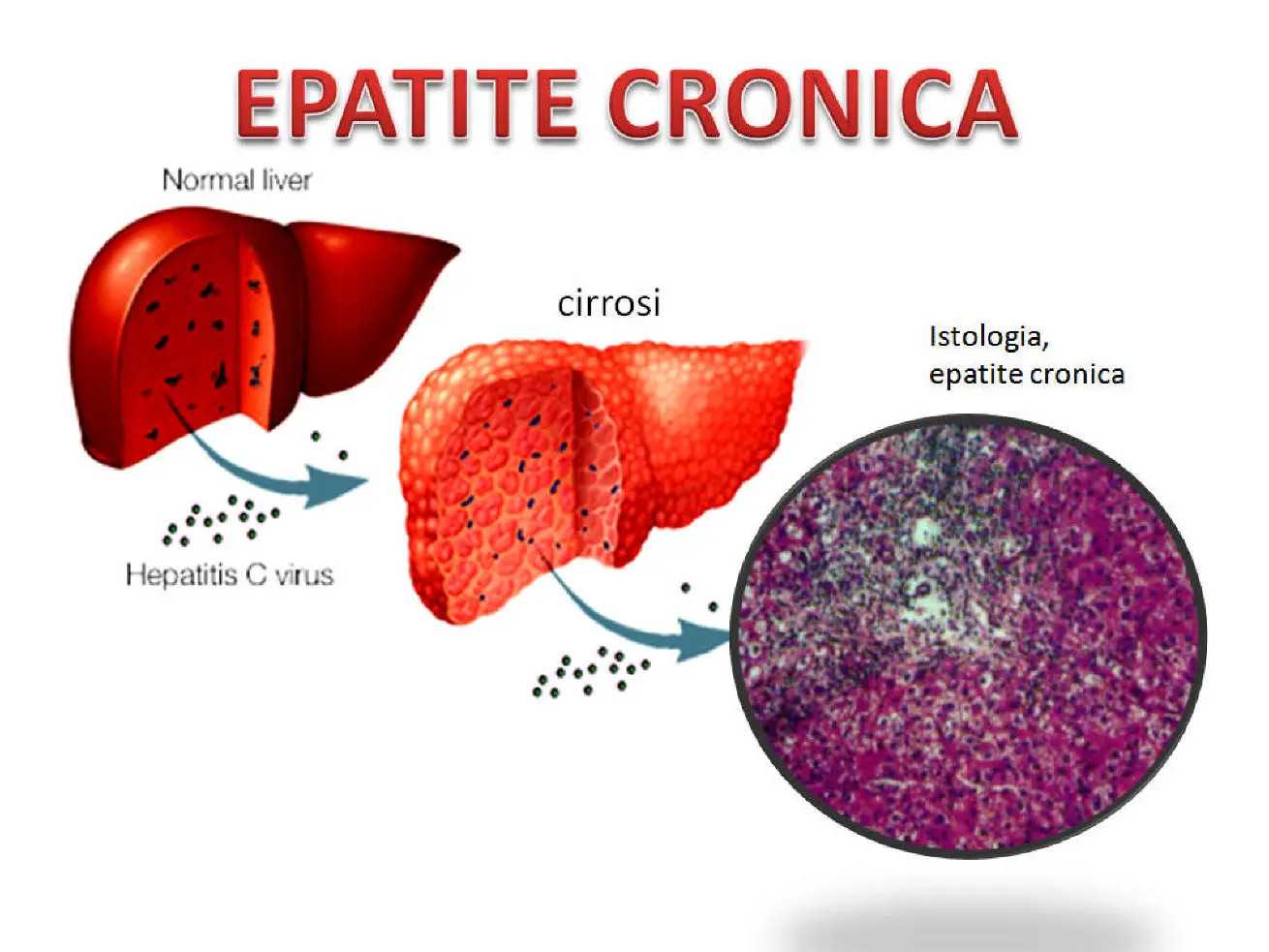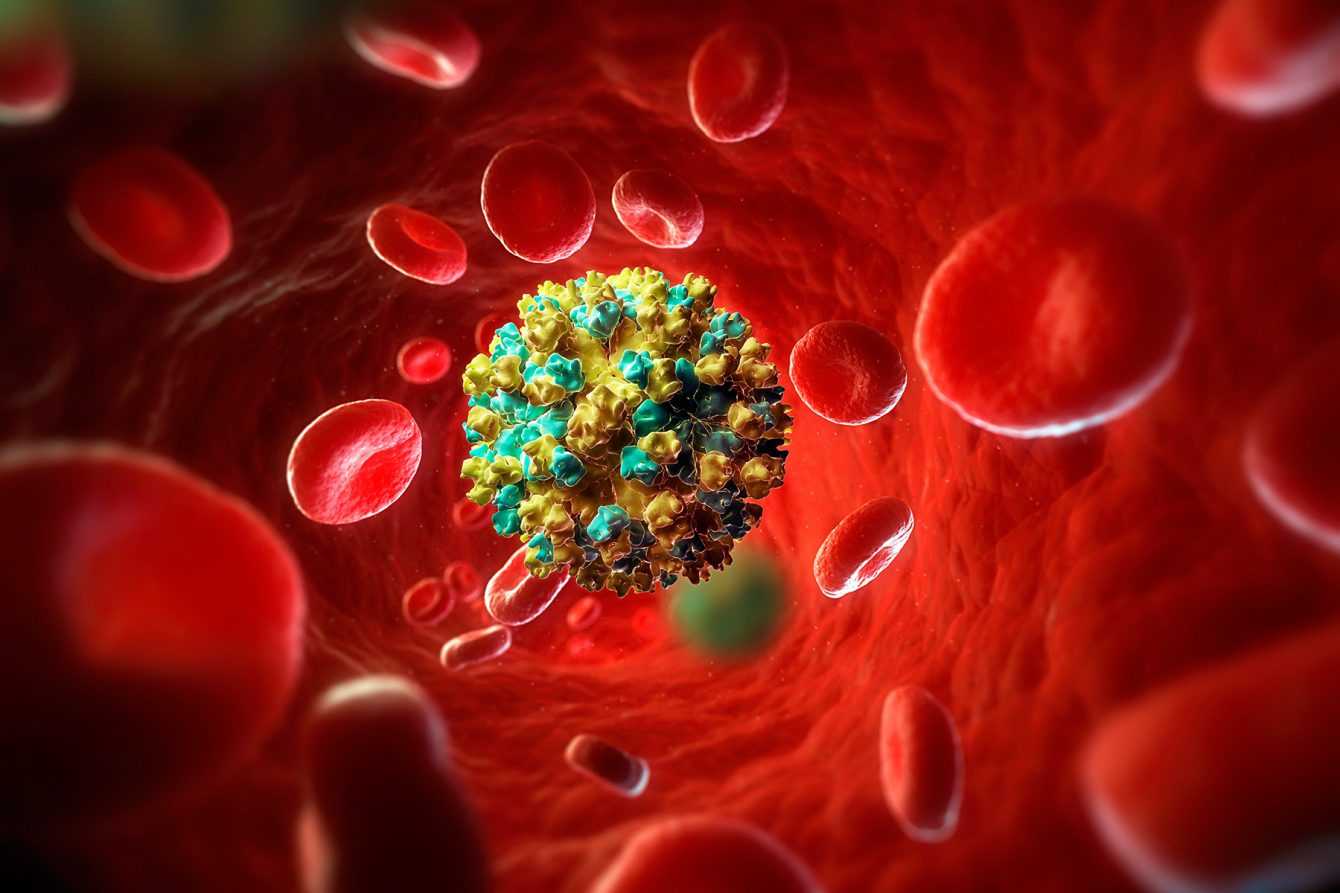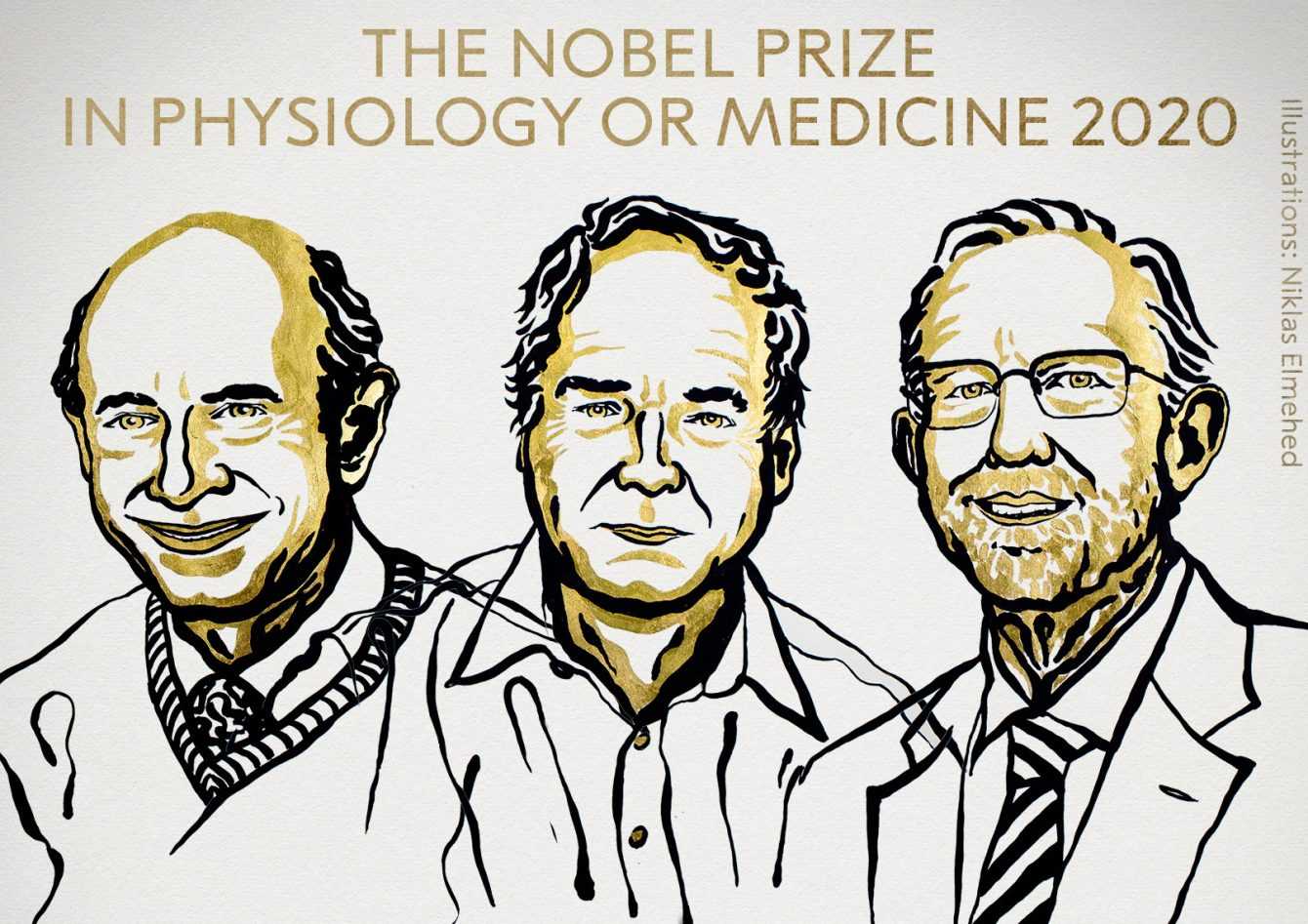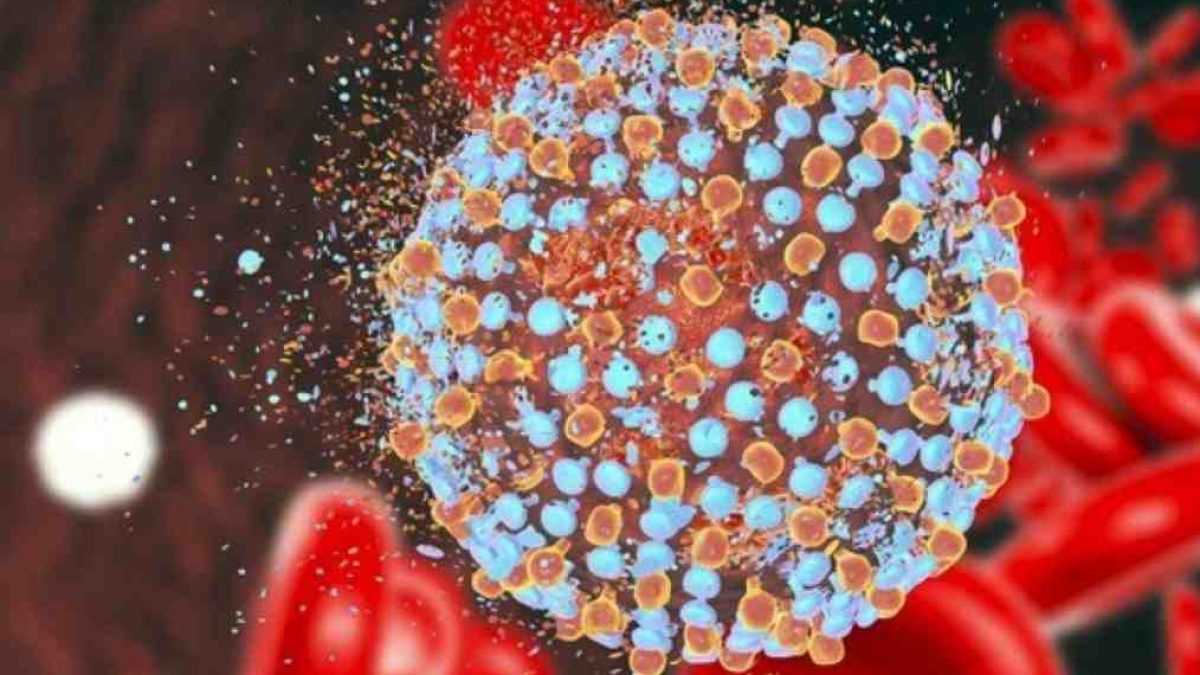The 2020 Nobel Prize in Medicine is awarded to virologists Harvey J. Alter, Michael Houghton and Charles M. Rice, discoverers of the virus that causes hepatitis C and allowing the development of effective therapies against the disease
Also this year the time has come to award the Nobel Prize for Medicine 2020 and the most popular profession in the coronavirus era has been selected, namely the virologist. Three virologists to be precise: Harvey J. Alter, Michael Houghton and Charles M. Rice or the discoverers of the hepatitis C virus. The studies of these scientists have made it possible to develop effective therapies against the serious pathology affecting the liver with the hope of being able to eradicate it in the future. Prior to their work, the discovery of the hepatitis A and B viruses had been a major breakthrough, but most cases of blood-borne hepatitis remained unexplained. Discovery of the hepatitis C virus revealed the cause of the remaining chronic hepatitis cases and made possible blood tests and new drugs that saved millions of lives.
Hepatitis C
Inflammation of the liver, or hepatitis, a combination of the Greek words for liver and inflammation, is mainly caused by viral infections, although alcohol abuse, environmental toxins, and autoimmune diseases are also important causes. In the 1940s it became clear that there are two main types of infectious hepatitis. The first, called hepatitis A, is transmitted by polluted water or food and generally has a limited long-term impact on the patient. The second type, hepatitis C and B, is transmitted through the blood and body fluids and poses a much more serious threat as it can lead to a chronic condition, with the development of cirrhosis and liver cancer. This form of hepatitis is insidious, as otherwise healthy individuals can be silently infected for many years before serious complications arise.. Blood-borne hepatitis is associated with significant morbidity and mortality and causes more than one million deaths annually worldwide, thus making it a global health concern on a scale comparable to HIV infection and tuberculosis.

A long history that led to the Nobel Prize for Medicine 2020
The key to effective intervention against infectious diseases is to identify the causative agent. Long before the 2020 Nobel Prize in Medicine, in the 1960s, Baruch Blumberg determined that a form of blood-borne hepatitis was caused by a virus which became known as the hepatitis B virus and the discovery led to the development of diagnostic tests and an effective vaccine. Blumberg was awarded the Nobel Medicine Prize in 1976 for this discovery. At the time one of the 2020 Nobel Prizes in Medicine, Harvey J. Alter at the National Institutes of Health in the United States was studying the onset of hepatitis in patients who had received blood transfusions. Although blood tests for the newly discovered hepatitis B virus have reduced the number of transfusion-related hepatitis cases, Alter and colleagues worryingly demonstrated that a large number of cases remained.

Tests for hepatitis A virus infection were also developed around this time and it became clear that hepatitis A was not the cause of these unexplained cases. It was a major concern that a significant number of those receiving blood transfusions would develop chronic hepatitis due to an unknown infectious agent.. In fact, the possibility of making transfusions safely was limited. Alter and his colleagues showed that the blood of these hepatitis patients could transmit the disease to chimpanzees, the only susceptible host besides humans. Subsequent studies also showed that the unknown infectious agent had the characteristics of a virus. Alter’s methodical investigations thus defined a new, distinct form of chronic viral hepatitis. The mysterious disease became known as “non-A, non-B” hepatitis, what we now call hepatitis C.
After more than a decade, the second Nobel Prize in Medicine comes into play, Michael Houghton, who works for the pharmaceutical company Chiron. Houghton and his colleagues created a collection of DNA fragments from nucleic acids found in the blood of an infected chimpanzee to sequence the unknown virus. Most of these fragments came from the chimpanzee’s genome itself, but the researchers predicted that some would be derived from the virus. Assuming that antibodies to the virus were present in blood taken from hepatitis patients, the researchers used the patient sera to identify fragments of viral DNA. Further work showed that this identified clone was derived from a new RNA virus belonging to the Flavivirus family and was called the hepatitis C virus.

The end of the hepatitis C story
The discovery of the hepatitis C virus, but could it actually cause the disease? The third Nobel Prize in Medicine 2020, Charles M. Rice, researcher at Washington University in St. Louis, along with other groups working with RNA viruses, noted a previously unknown region at the end of the hepatitis C virus genome which they suspected might be important for the replication of the virus. Rice also observed genetic variations in isolated virus samples and speculated that some of them might hinder the replication of the virus. Through genetic engineering, Rice has generated an RNA variant of the hepatitis C virus, devoid of inactivating variations, inoculating it into chimpanzees and they observe the onset of the disease. And this was the definitive proof.

What are the consequences of the discoveries of the scientists who won the Nobel Prize for Medicine 2020?
The discovery of the hepatitis C virus by the 2020 Nobel Prize winners in medicine was one of the most important steps forward in the fight against viral diseases. Thanks to their discovery, Highly sensitive blood tests for the virus are now available which have substantially eliminated post-transfusion hepatitis in many parts of the world, greatly improving global health. Their discovery also allowed for the rapid development of antiviral drugs directed against hepatitis C. For the first time in history, disease is treatable and today’s goal is to eradicate it completely, acting above all in the poorest countries in the world. That’s all from the science section, keep following us for other news and curiosities!















